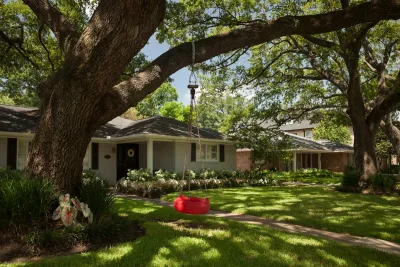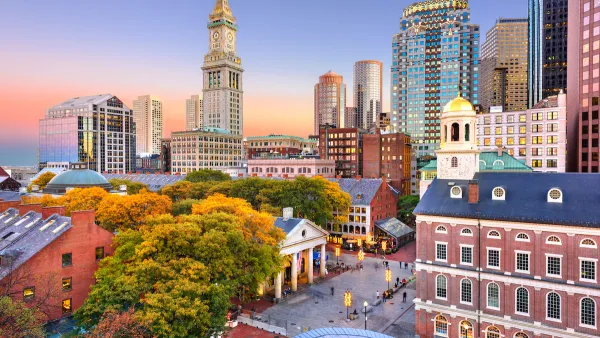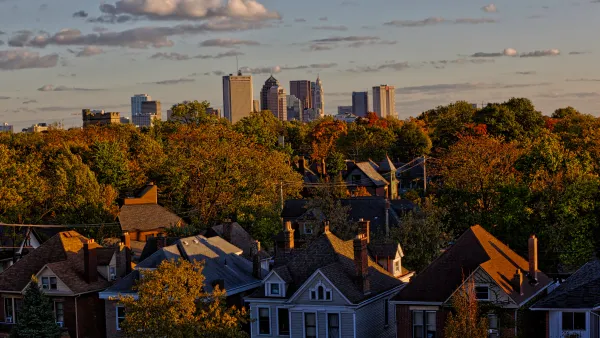The nonprofit model is becoming more popular as communities seek ways to reduce housing costs.

With housing costs spiraling out of control for many U.S. households, community land trusts and shared equity homeownership programs are growing in popularity, with over 300 land trusts nationwide.
In a piece for Route Fifty, Molly Bolan explains the model. “Land trusts are nonprofits that through a shared equity program purchase properties and then sell or rent the single-family homes, multifamily buildings or commercial spaces built on them. The trust retains ownership of the land the house sits on.” Unlike more predatory models (see investor-owned mobile home parks), land trusts enter a long-term (often 99-year) lease, which can be transferred to new owners should the first homeowners decide to sell.
“Nationwide, nearly 88% of people who own their homes through a shared equity program are first-time buyers, according to Grounded Solutions Network. The model offers social benefits too, like mitigating gentrification and reducing racial gaps in homeownership.” In Texas, the Florida Keys, and Lahaina, community land trusts are being used as a way to preserve affordable housing for residents in the wake of natural disasters.
Because scaling the land trust model can be costly, James Yelen, director of technical assistance for Grounded Solutions Network, warns that the suggests that cities should dedicate funding to supporting the model, pointing to examples in Oakland and Chicago. “Beyond dedicated funding, state and local governments can update laws to ensure community land trusts are eligible for affordable housing funding from programs like the federal Community Development Block Grant.” States, counties, and cities could also exempt community land trusts from property taxes to reduce their costs.
FULL STORY: Hungry for affordable housing, communities turn to land trusts

National Parks Layoffs Will Cause Communities to Lose Billions
Thousands of essential park workers were laid off this week, just before the busy spring break season.

Retro-silient?: America’s First “Eco-burb,” The Woodlands Turns 50
A master-planned community north of Houston offers lessons on green infrastructure and resilient design, but falls short of its founder’s lofty affordability and walkability goals.

Delivering for America Plan Will Downgrade Mail Service in at Least 49.5 Percent of Zip Codes
Republican and Democrat lawmakers criticize the plan for its disproportionate negative impact on rural communities.

Test News Post 1
This is a summary

Test News Headline 46
Test for the image on the front page.

Balancing Bombs and Butterflies: How the National Guard Protects a Rare Species
The National Guard at Fort Indiantown Gap uses GIS technology and land management strategies to balance military training with conservation efforts, ensuring the survival of the rare eastern regal fritillary butterfly.
Urban Design for Planners 1: Software Tools
This six-course series explores essential urban design concepts using open source software and equips planners with the tools they need to participate fully in the urban design process.
Planning for Universal Design
Learn the tools for implementing Universal Design in planning regulations.
EMC Planning Group, Inc.
Planetizen
Planetizen
Mpact (formerly Rail~Volution)
Great Falls Development Authority, Inc.
HUDs Office of Policy Development and Research
NYU Wagner Graduate School of Public Service





























